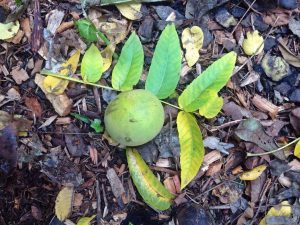This year I had a fair amount of willow with thick stems. These are hard to twist into baskets so I decided to make some garden structures.
The first step is to select 7 to 9 branches. Trim the ends to a point so they will go in the dirt more easily then peel off the bark on the part that will go in the soil, (otherwise it will sprout). You can put the sticks directly in the soil or in a bucket or plant pot to hold them.

Bring the ends together on top and twist a thin piece of willow or string to hold them. If they are long enough you can bend them over.

Next weave several slender branches around the base then a foot or so up towards the top.


Once you’re done you can pull it up and put it in another place or leave it there. You can also do a shorter version. These will last about two seasons.

If you have a lot of willow you can keep going and make some low fences!
















































